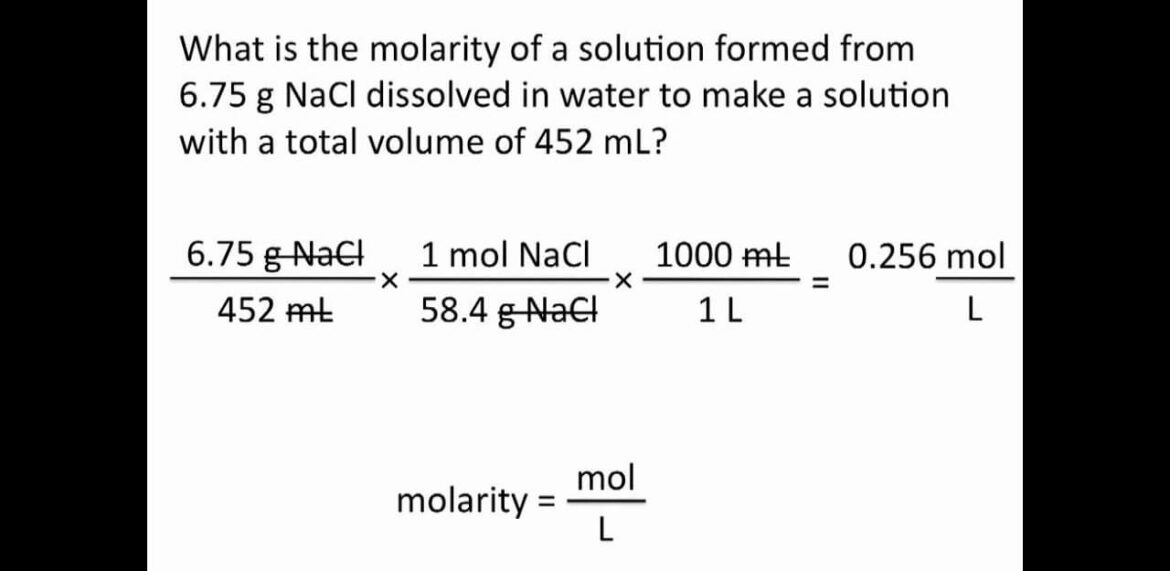When it comes to chemistry, it does not get any bigger than molarity and its formulas. Today, many people look for effective ways to solve and find the molarity of every solution that is made.
That can often prove to herculean as well as pretty confusing.
If that’s how you feel, don’t worry much.
In this article, we are going to look at molarity and why we should use molarity. Then we’ll also look at the best way to calculate molarity.
Understanding Molarity
In the world of chemistry, molarity is often used to denote a concentration unit. It can also be referred to as the final answer when moles of a particular number is divided using the liters of that same solution.
To identify molarity, it is often calculated in mol/L which means moles per liter (in units). The use of molarity has slowly gained popularity today and rightly so.
Advantages of using molarity You Want to Know
Molarity is easily understood by those who have a passion for chemistry. However, for those who might just be starting out, doubts on how effective molarity can be are to be expected.
However, we can confidently say that there are two very big reasons why you should always consider using molarity.
Let’s look at both of them.
1. It’s very easy and convenient
Molarity is easy to use. This is because most of the solute being calculated is usually measured in relatable units such as grams.
When measured in grams, they are then transformed into moles before blended with volumes. This often makes molarity the preferred option amongst many people.
2. It can be used to calculate density and ionic strength
Molarity also has another great benefit. It can be used to calculate the ionic strength as well as density! That’s amazing if you ask me.
The reason for this is because the total molar concentration will usually be the addition of the molar concentrations.
While molarity will often have so many pros, one of its few drawbacks is changes that are caused by temperatures.
For that reason, it is always a good idea to make sure that the temperature is recorded when you refer to a molarity value. This adds credibility to it.
So how can you calculate molarity?
The best way to do this will be by using a molarity formula. While these formulas can be hard to calculate manually, it’s a different story when you add a calculator into the equation.
Molarity calculators are often the best way to calculate molarity. They are fast, convenient, and quite effective if you ask me. With them, you are always one step ahead of everyone else.
Final Thoughts
So there you have it! I sincerely hope you have learned something new about molarity and how incredibly useful they can be.
So if you plan on using molarity, you must know the molarity formulas, this will help you to make the right decisions and calculations.
